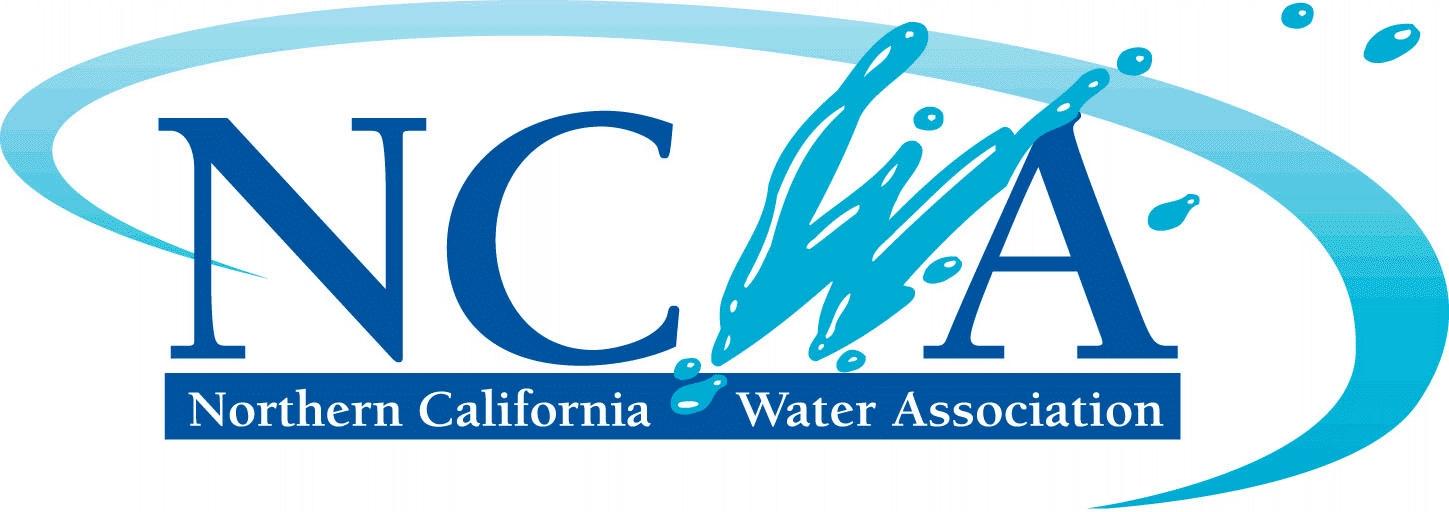
Water
Protecting our most important resource
Make a Donation
Join the Movement
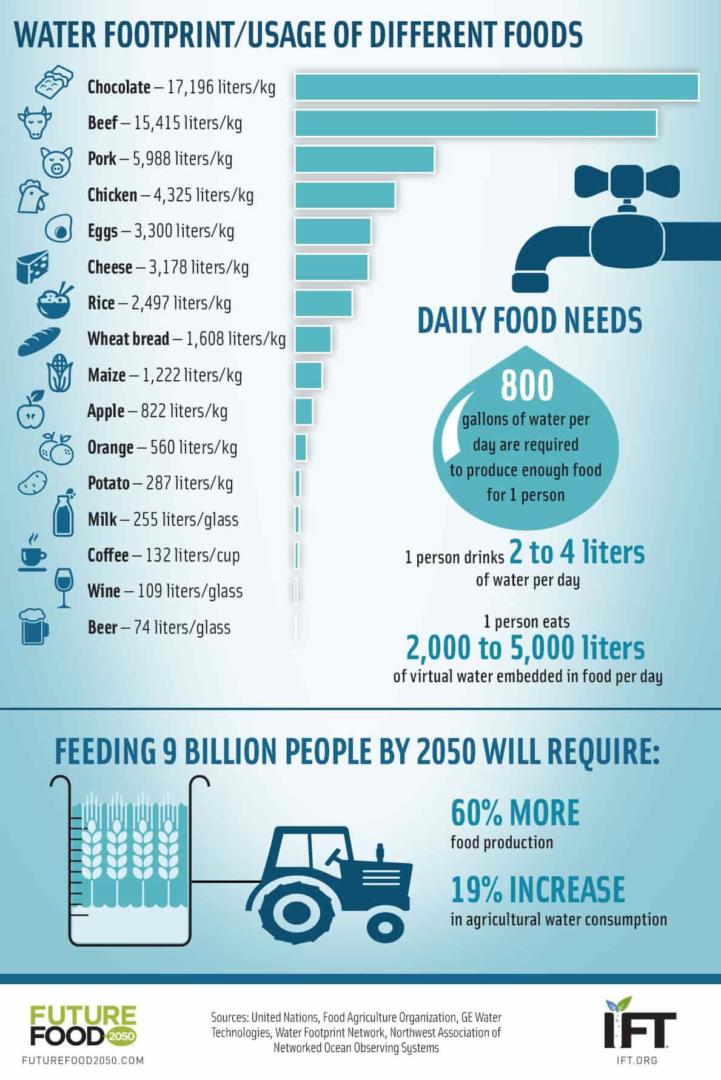

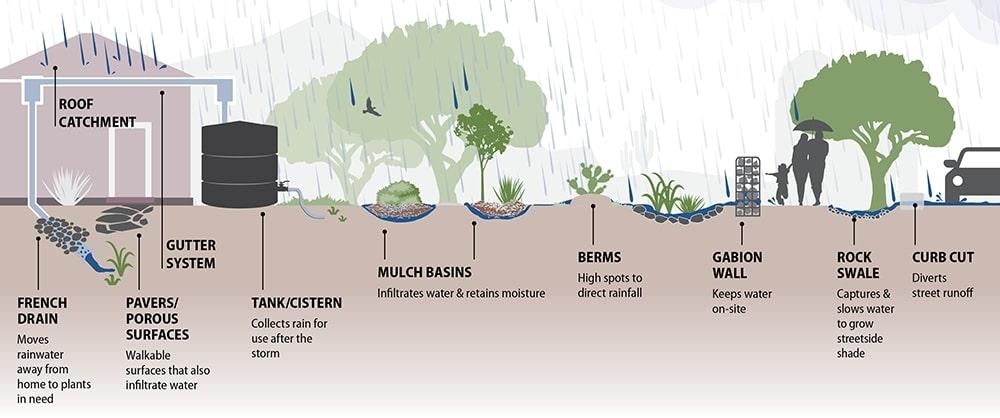
Best Practices
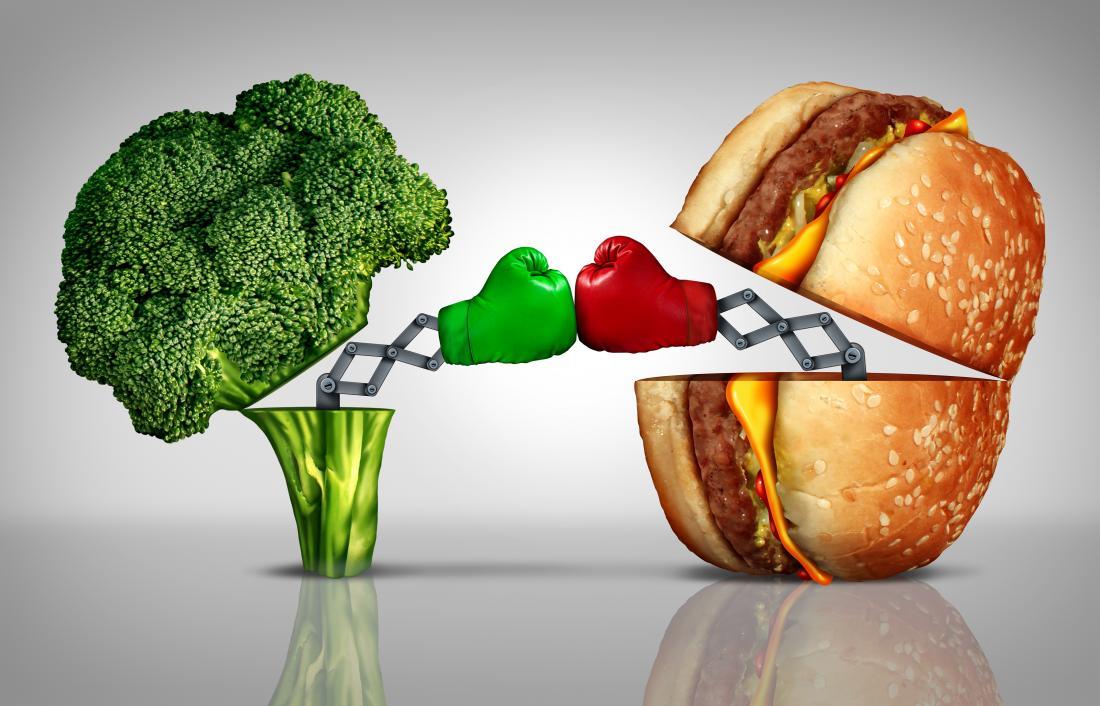
Develop a Water Conscious Diet
- Livestock and agriculture represent a significant proportion of global water consumption and greenhouse gas emissions.
- As individuals, one of the best ways to save water is to consume fewer water-intensive plants and animals such as almonds and beef.
- Even if you don’t radically change your diet, it is essential to not waste the food you buy. An uneaten pound of beef is equivalent to throwing away 1,800 gallons of water.
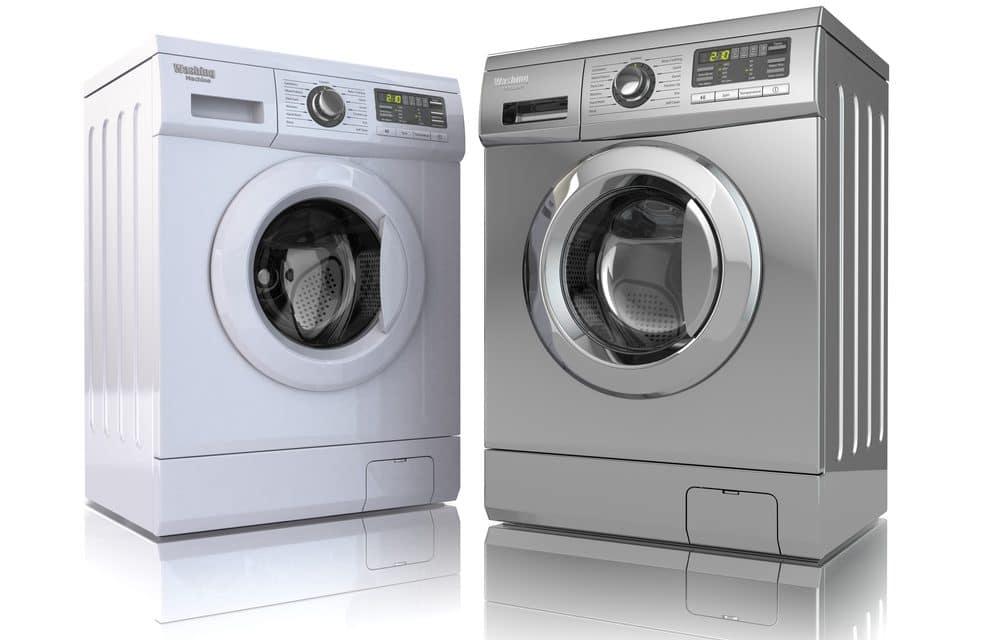
Use Water Efficient Appliances
- From showerheads to washing machines, the appliances we use represent a significant proportion of our daily water usage.
- Not all appliances are created equal. The Environmental Protection Agency has designated certain products as WaterSense due to their high efficiency.
- How we use these products also matters. Taking shorter showers and turning the sink off when not in use can save thousands of gallons a year.

Limit Household Water Leakage
- Household water leaks waste roughly 1 trillion gallons of water annually in the United States.
- Unaddressed water leaks also have the potential to cause substantial property damage, placing greater financial strains on homeowners.
- Fixing leaks both lowers risk and your monthly water bill.
- To check for leaks, turn off all water in your home, look for your water gauge, and if it is moving you most likely have a leak.
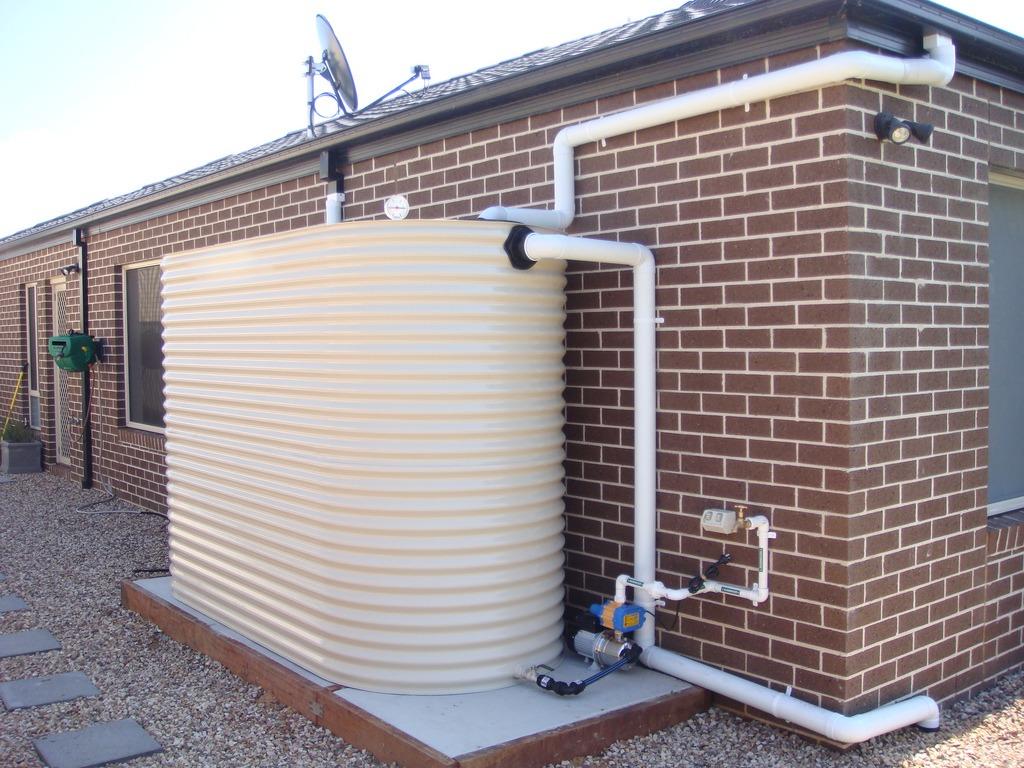
Rainwater Collection & Storage
- With persistent droughts, California’s reservoirs will continue to dry up, threatening the long-term viability of communities throughout the state.
- To offset this loss, rainwater can be harvested, stored, and used for various non-potable applications such as toilets and gardens.
- If you have a sufficient filtration system, rainwater can also be used as potable dinking water.
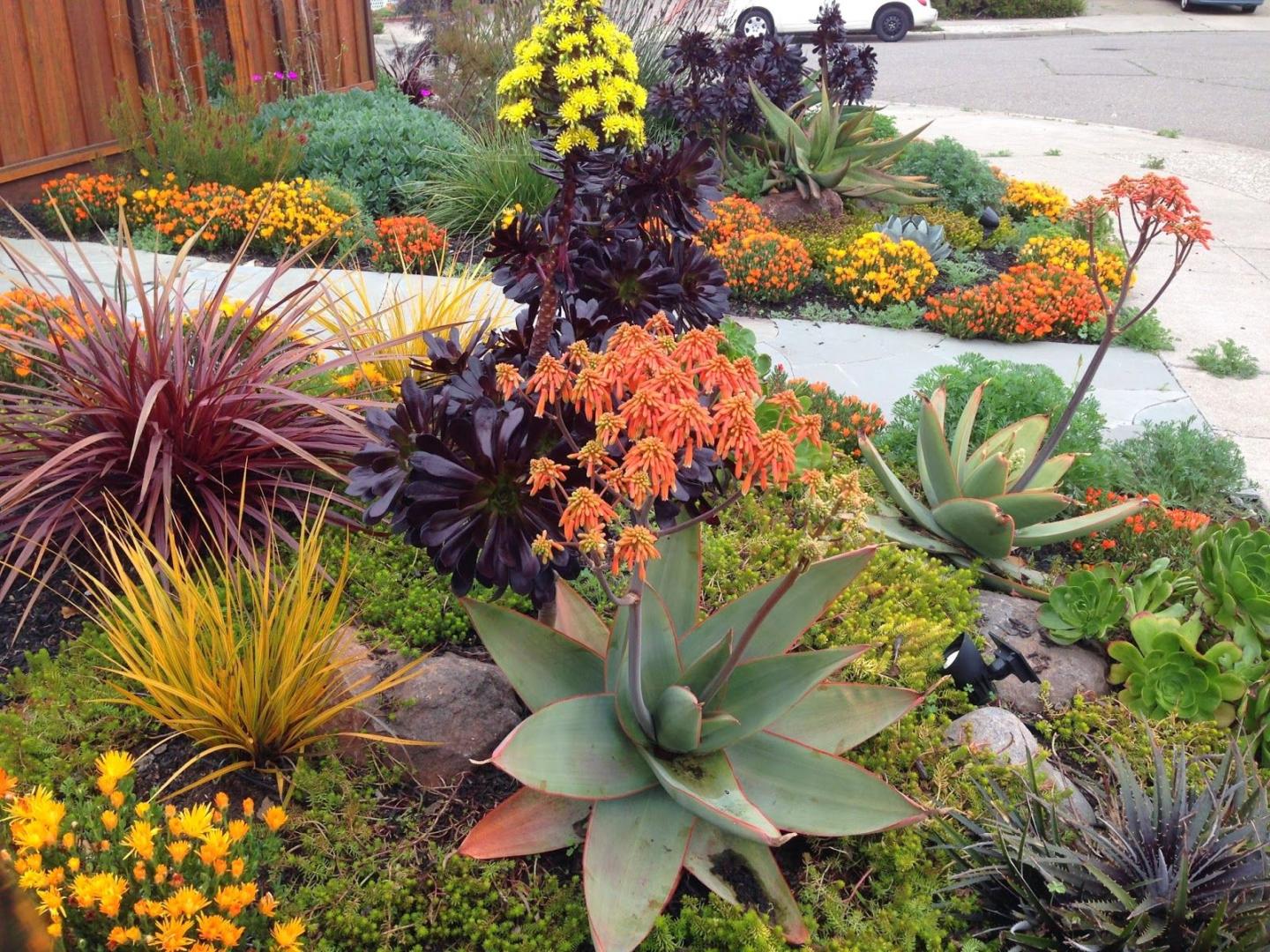
Drought Resilient Landscaping
- Another major source of water consumption in homes is gardening.
- Certain plants are more resilient than others, and native plants are often the best at surviving in their particular region.
- These plants will consume far less water and will live longer.
- Green grass is especially a major source of water consumption and should be avoided.
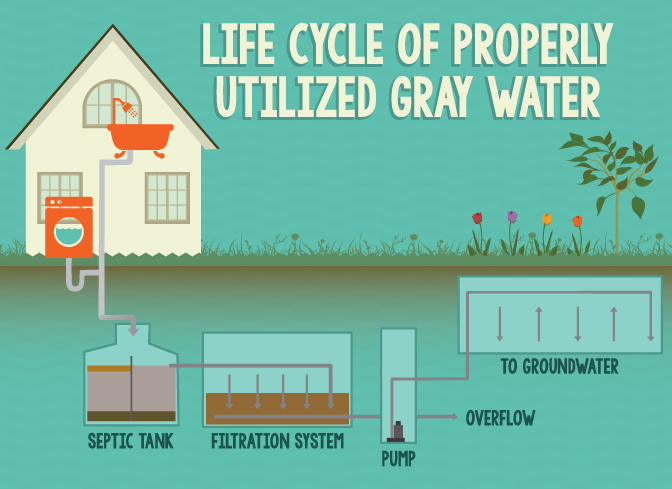
Install a Greywater System
- Most of the water that we use on a daily basis is reusable.
- A greywater system takes used water from washing machines, baths, and sinks and redirects it for other purposes such as gardening.
- Although it is more complicated than the other methods, these systems are great ways to reduce household water waste and maximize the utility of our water.
Community Based Organizations
The Bay Area Climate Adaptation Network’s Drought Resource Guide provides information and links to various organizations throughout the Bay Area.
Wholly H2O is an East Bay Nonprofit and partner of NorCal Resilience Network. They are dedicated to watershed conservation, education, and promoting green infrastructure.

Greywater Action is a water conservation organization located in the Bay Area. They are dedicated to educating people on how to set up a greywater system.

Run4Salmon is an indigenous organization that fights for the preservation and restoration of California’s waterways and traditional Salmon pathways.
Local Governments
The Water Conservation Portal allows you to connect to your local water board, find out important information regarding water conservation, and get assistance from local and state institutions.

The Bay Area Water Supply & Conservation Agency is an intergovernmental cooperative venture which seeks to educate residents on water conservation and provide financial incentives to those who reduce their waste.
The Northern California Water Association is a collection of various districts, water companies, and communities that want to protect the Sacramento River Basin and ensure that everyone has access to water.

California’s Department of Water Resources is the primary agency that manages our “water resources, systems, and infrastructure.” They work across the state and have various initiatives in projects in every municipality.
Additional Resources
- Resource Directory
- NorCal Partner’s Case Studies
- Government Agencies
- Political Advocacy
- Water Conservation



